Integration of Artificial Intelligence
The Brain Reading Robot Market is significantly influenced by the integration of artificial intelligence (AI) into brain reading technologies. AI algorithms enhance the processing and interpretation of complex neural data, allowing for more sophisticated interactions between humans and machines. This integration is expected to drive market growth, as AI-powered brain reading robots can adapt to individual users' neural patterns, providing personalized experiences. Recent studies suggest that the AI market within the healthcare sector is projected to exceed 45 billion dollars by 2026, indicating a robust investment in technologies that complement brain reading capabilities. As AI continues to evolve, its application in the Brain Reading Robot Market will likely lead to breakthroughs in various domains, including rehabilitation and cognitive enhancement.
Advancements in Neuroimaging Techniques
The Brain Reading Robot Market is experiencing a surge due to advancements in neuroimaging techniques. Technologies such as functional magnetic resonance imaging (fMRI) and electroencephalography (EEG) have significantly improved the ability to interpret brain activity. These innovations allow for more accurate readings of neural responses, which is crucial for the development of brain reading robots. As a result, the market is projected to grow at a compound annual growth rate (CAGR) of approximately 15% over the next five years. This growth is driven by the increasing demand for precise brain-computer interfaces that can enhance communication and control for individuals with disabilities. Furthermore, the integration of these advanced neuroimaging techniques into robotic systems is likely to expand the applications of brain reading robots in various fields, including healthcare and entertainment.
Rising Demand for Assistive Technologies
The Brain Reading Robot Market is witnessing a rising demand for assistive technologies, particularly for individuals with neurological disorders. As the population ages, the prevalence of conditions such as ALS and stroke increases, creating a pressing need for innovative solutions. Brain reading robots can potentially facilitate communication and mobility for these individuals, thereby improving their quality of life. Market data indicates that the assistive technology sector is expected to reach a valuation of over 30 billion dollars by 2026, with brain reading robots playing a pivotal role in this growth. This demand is further fueled by the increasing awareness of the capabilities of brain-computer interfaces, which can translate neural signals into actionable commands. Consequently, the Brain Reading Robot Market is likely to expand as more stakeholders recognize the potential benefits of these technologies.
Increased Focus on Mental Health Solutions
The Brain Reading Robot Market is increasingly focused on addressing mental health challenges through innovative technologies. With rising awareness of mental health issues, there is a growing interest in solutions that can provide insights into cognitive and emotional states. Brain reading robots have the potential to assist in diagnosing and treating mental health disorders by analyzing brain activity patterns. Market Research Future indicates that the mental health technology sector is anticipated to grow significantly, with investments in digital health solutions reaching over 20 billion dollars by 2025. This trend suggests that the Brain Reading Robot Market could play a crucial role in developing tools that enhance mental health care, thereby attracting attention from investors and healthcare providers alike.
Ethical Considerations and Regulatory Frameworks
The Brain Reading Robot Market is navigating a complex landscape of ethical considerations and regulatory frameworks. As brain reading technologies advance, concerns regarding privacy, consent, and the potential misuse of data have emerged. Regulatory bodies are increasingly focusing on establishing guidelines to ensure the responsible development and deployment of these technologies. This regulatory scrutiny may drive innovation, as companies strive to create solutions that comply with ethical standards while meeting market demands. The establishment of clear regulations could enhance consumer trust and facilitate broader adoption of brain reading robots. As the market matures, the Brain Reading Robot Market is likely to see a shift towards more ethically aligned practices, which may ultimately benefit both developers and users.


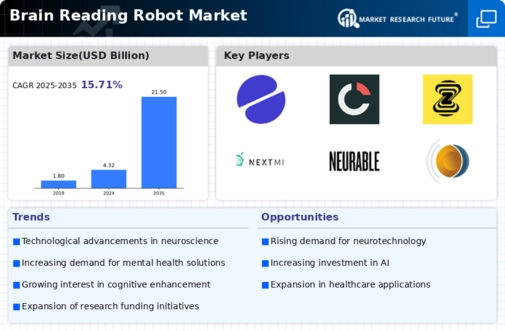

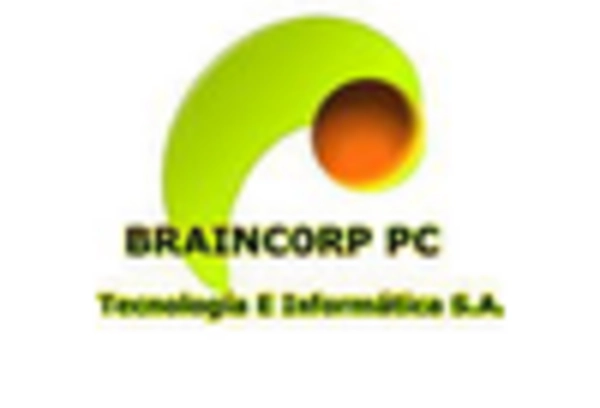
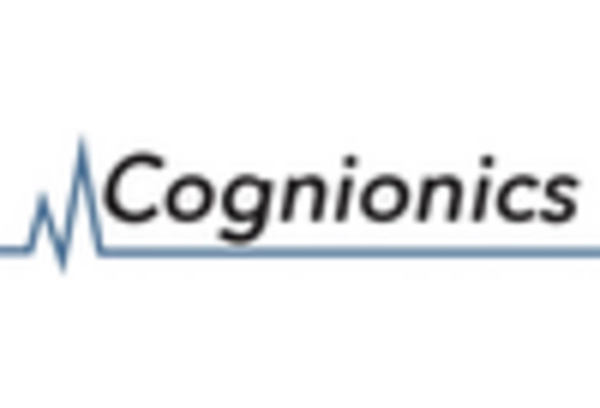
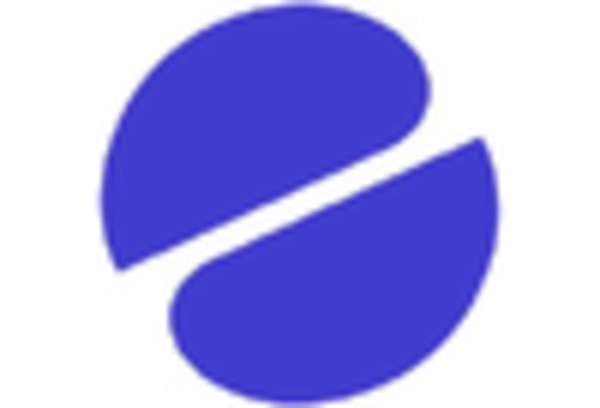

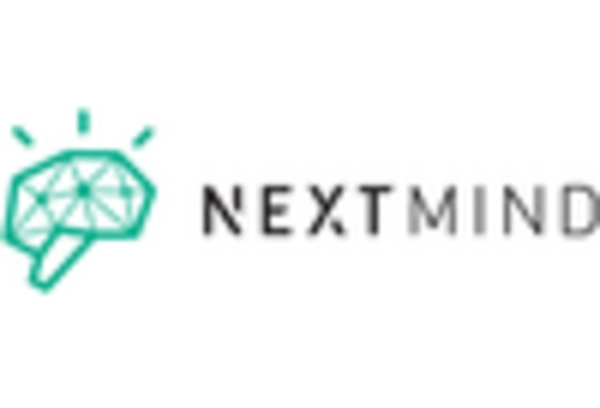
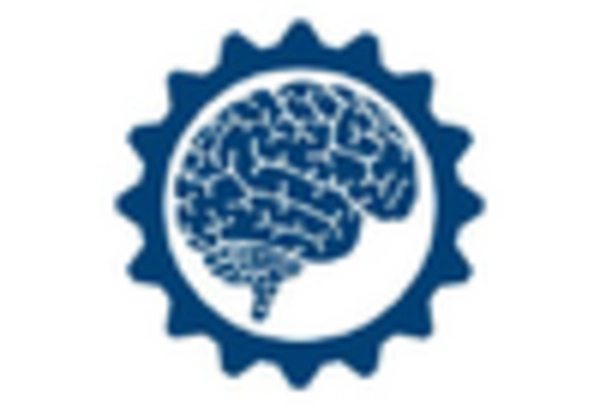








Leave a Comment